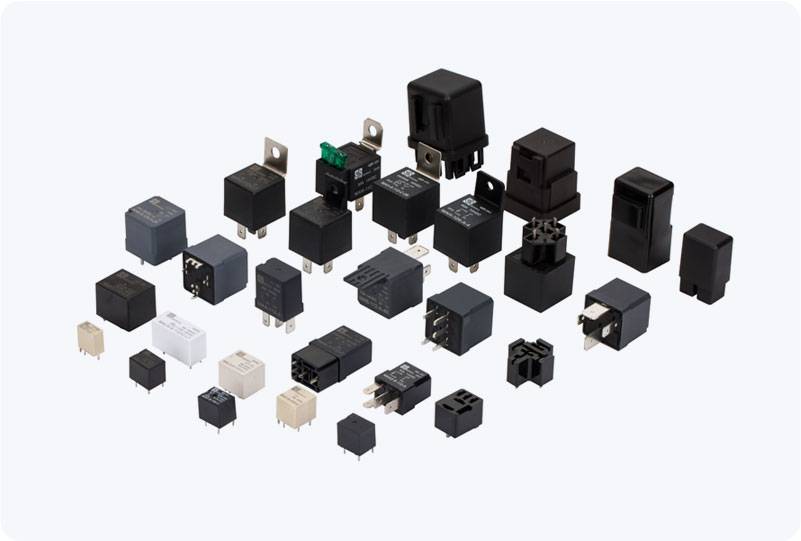A Motor Overload Relay is a crucial component used in electrical circuits to safeguard motors from damage caused by excessive current. Motors are integral to countless industrial, commercial, and residential applications, and preventing them from overheating or suffering damage due to overloading is essential for maintaining operational efficiency and minimizing repair costs. This article explores the importance, working principles, and applications of the Motor Overload Relay, highlighting its role in protecting motors and ensuring the longevity of machinery.

The Role of a Motor Overload Relay Electric motors, whether used in factories, HVAC systems, or household appliances, are designed to operate within certain limits of current and power. When a motor operates beyond its rated current, it can overheat, leading to insulation damage, reduced efficiency, and even complete motor failure. To prevent such issues, a Motor Overload Relay is employed as a protection mechanism. Its primary function is to monitor the motor’s current and disconnect the motor from the power source when the current exceeds a preset threshold. The Motor Overload Relay works in tandem with a motor starter, typically a contactor, to automatically break the circuit when an overload condition occurs. By doing so, it helps to ensure that the motor doesn’t suffer permanent damage and can be reset once the overload situation is resolved.